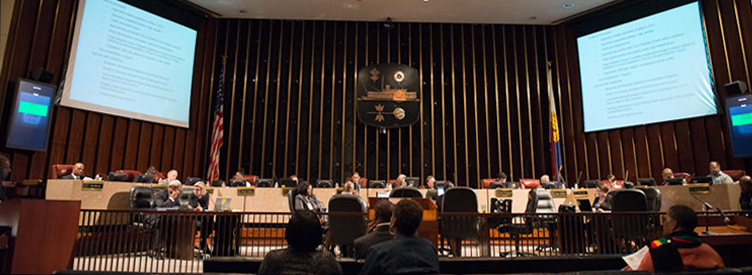Last week, Pension360 covered a report questioning the Canada Pension Plan’s new investment strategy, which had led to a more than 100 percent increase in investment expenses since 2006.
But one newspaper, the Hamilton Spectator, says the report missed the point entirely. From the Hamilton Spectator editorial:
Rousing displays of verbal fireworks could not conceal the study’s failure to find out what Canadians need to know. […] The country needs to know whether private-sector plans or the public plan is a more efficient way of saving for retirement.
The authors found the government collects the contributions to the Canada Pension Plan and pays out the pensions, for an administrative cost of around $550 million a year. The government recovers that cost by skimming an administrative charge off the contributions. If the CPP Investment Board counted that cost as part of its operating costs, those costs would be $550 million higher.
But we need to know if the government’s costs for collecting contributions and mailing out cheques are out of line with operators of private-sector pension plans. The study’s authors make no inquiry on that point.
A more useful study would produce evidence both from the public and private spheres. That study would have to be written by authors who gather the evidence first and then draw their conclusions. The study published last week seems more like the work of an agency with a narrow agenda — what you might call a self-serving bureaucracy.
The report, released last week, found the Plan’s investment expenses had increased from $600 million or 0.54% of assets in 2006 to $2 billion or 1.15 per cent of its assets in 2013.



